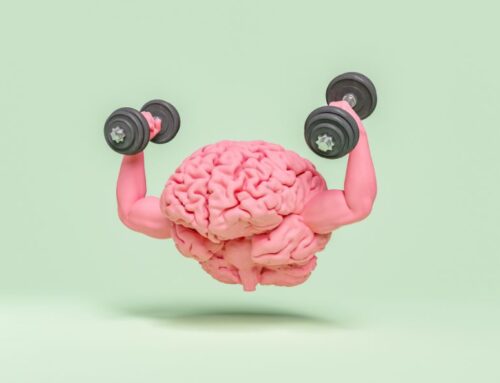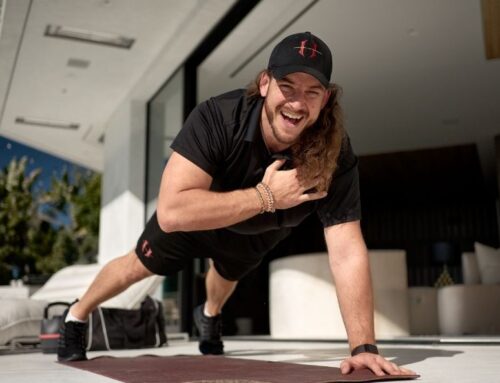You’re probably sitting down right now to read this article, right?
Humans are inherently built to stand upright, but so much of our society is focused on chairs! Our early years teach us that the proper way to behave is to sit upright in a chair on our glutes, yet sitting can be linked to numerous chronic health concerns.
As a result of our current human behavior and culture, we now sit more than we move. However, the human body was built to move. We can tell this is true based on our anatomy composition and the functionality it’s meant to serve.
The human body has about 360 joints and 700 skeletal muscles that allow us to move with fluidity and ease. We have the unique ability to stand up straight against the pull of gravity. Human blood flow is contingent upon movement to maintain proper circulation, and our nerve cells can benefit from movement. Our skin is even elastic such that it can mold to our motions.
When analyzing the areas of the world in which back pain doesn’t exist, we can note that people with flatter lumbar curvature are less likely to suffer from back pain. This is known as a J-shaped spine, whereas those with back pain (like many in the Western world) have what’s known as an S-shaped spine. Just because this phenomenon has a name, though, does not mean it is natural or healthy. The J-shaped spine is what you’ll commonly see in Greek statues; notably, all children are born with this shape. The S-shape forms over time due to the amount of sitting we do as a society!
While our ancestors sat for approximately 3-4 hours a day, we presently sit for about 10-13 hours a day in western society. For many, work requires the ability to sit for long periods. I find this funny because we often see jobs discussing requirements for physical labor and asking if you’re capable of lifting a certain amount of weight, etc. However, they don’t ask you if you can sit for hours on end, which is much more detrimental to your health long-term than moving!
Sedentary life is by no means the human default, thus resulting in a variety of health concerns in every aspect of our body if actions are not taken to mitigate the effects of sitting for too long. In fact, physical inactivity is responsible for three million preventable deaths each year (which is six percent of all deaths.) This is the fourth leading cause of death due to non-communicable diseases. Crazy, right?
But nearly half of all employed people aged 18-64 describe their day at work as mostly sitting! If you don’t have mobility and agility, then it doesn’t matter how healthy the rest of your body is. The fitness industry does not do a great job of highlighting this importance, either. There is a degree of ignorance that comes with the focus on task completion that the current industry promotes. For most people, this is how we measure success. How long or fast can you run? How much can you lift? How many pounds did you lose? But ultimately, this list is flawed. None of these questions answer how you’re moving or compare to how you once could.
Nothing can compare to the mobility that you had as a child. Therefore, we need to learn how to move from children’s examples. The time, weight, and distance measures we currently use must be discarded in order to spend time untangling restrictions and regaining our mobility. Our only aspiration is to play and move freely on the school playground as a child without fear of injury, using our body to its fullest extent. It is those results we aim for, such as a slim physique and toned muscles, which come as a byproduct of moving the body as it is designed to do.







